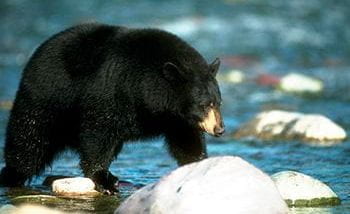
The state-funded genomics project aims to be a lasting resource for shaping conservation policy
Emily Cerf | UCSC | July 6, 2022
When UC Santa Cruz postdoctoral scholar Merly Escalona assembled the first-ever reference genome for the Stephen Colbert Trapdoor Spider, she was shocked by the dataset’s unexpectedly large size. For a small invertebrate, this California native spider’s genetic code was very fragmented and consisted of about four billion bases (four gigabases) – larger than the human genome’s size of a little more than three gigabases.
There have been lots of other surprising discoveries as Escalona works to assemble 150 different high quality reference genomes, each of which comprises a detailed map of the genetic material of a species, in her role on the scientific team for the California Conservation Genomics Project (CCGP). This $12 million state-funded project aims to create a comprehensive genomic dataset representative of the state’s biodiversity, as outlined by a recent paper in the Journal of Heredity.
The CCGP, launched in 2019, is led by Director Brad Shaffer at UC Los Angeles and involves researchers from the University of California, California State Universities, and officials from state and federal regulatory agencies and non-governmental organizations. The leadership has been consistently working with state officials to make sure the results can be an invaluable and lasting resource for shaping conservation policy.
“We are generating very high quality data that will be a lasting resource for this project and will form a foundation for future conservation actions,” Shaffer said.
Read “UCSC scholars join researchers statewide on a massive genomic study of California’s biodiversity“